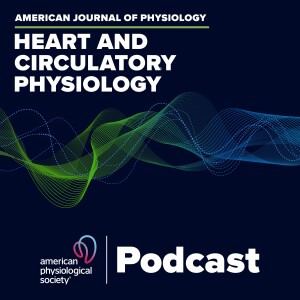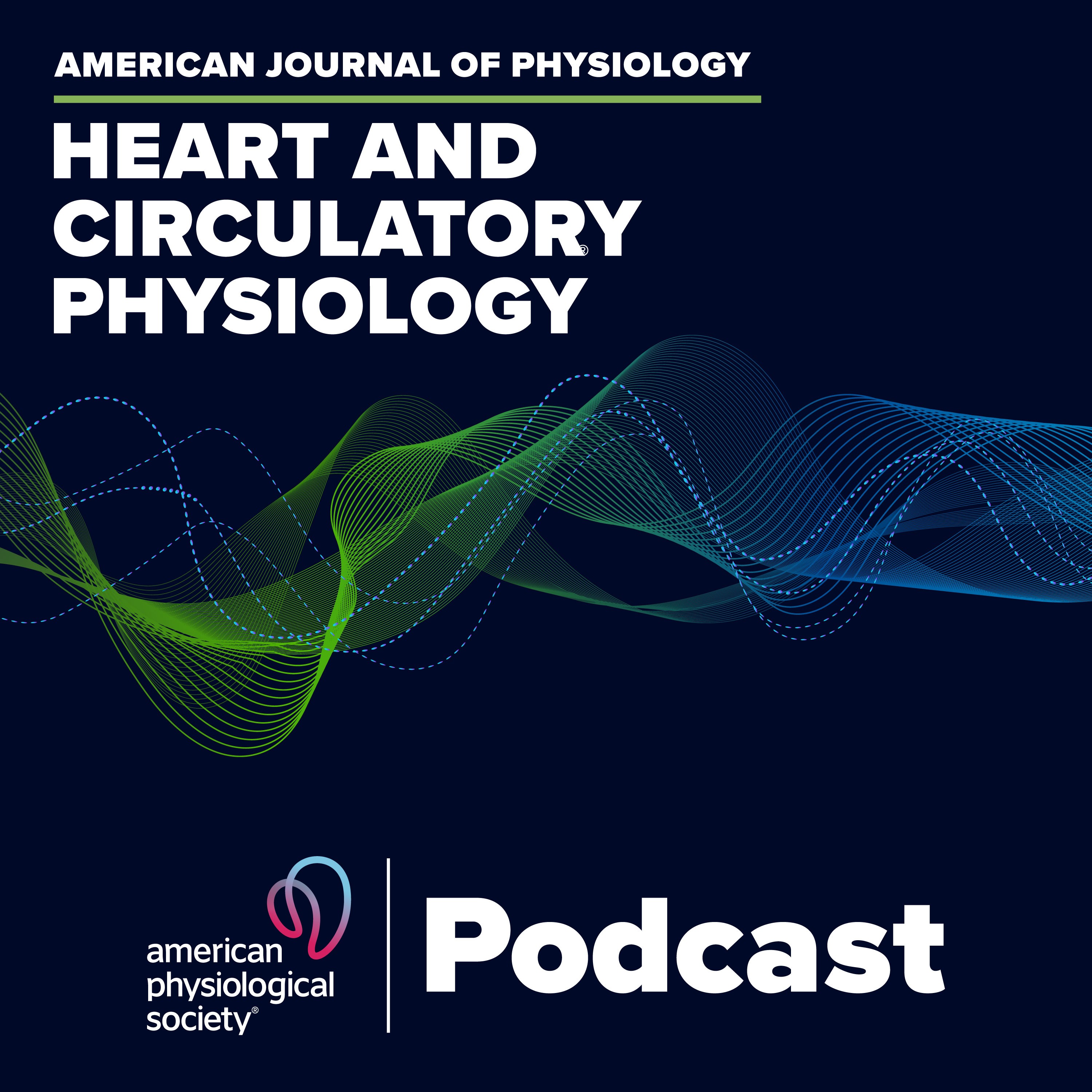Episodes

Wednesday May 26, 2021
Soluble Guanylate Cyclase, Intrauterine Growth Restriction, and Cardiovascular Risk
Wednesday May 26, 2021
Wednesday May 26, 2021
Does stimulation of the soluble guanylate cyclase pathway in late gestation improve intrauterine growth restriction in a reduced uterine perfusion pressure (RUPP) rat model of placental ischemia? In our latest podcast, Stella Goulopoulou (University of North Texas Health Science Center) interviews authors Barbara Alexander and Laura Coats (University of Mississippi Medical Center), along with expert Chris Banek (University of Arizona), about new research by Coats et al. The authors focused specifically on late gestation (day 20 to birth), which provided unique insights when compared to previous work investigating intrauterine growth restriction (IUGR) from gestation day 14 to gestation day 20. After stimulating the soluble guanylate cyclase (sGC) pathway, the authors found neither birth weight nor asymmetrical growth was improved in male offspring. In addition, the IUGR programmed male offspring, who were exposed to stimulation of the sGC pathway during late gestation, continued to develop hypertension at 4 months of age. Many preclinical studies show the benefits of sGC stimulation to the mother early in gestation and assume long-term benefit to the offspring. This work by Coats et al. is both surprising and clinically relevant to the preeclampsia research field, highlighting the crucial need for intervention late in gestation during critical fetal organ development and follow-up after birth. Where does the field go from here? Listen now.
Laura E. Coats, Bhavisha A. Bakrania, Daniel R. Bamrick-Fernandez, Allison M. Ariatti, Adam Z. Rawls, Norma B. Ojeda, Barbara T. Alexander Soluble guanylate cyclase stimulation in late gestation does not mitigate asymmetric intrauterine growth restriction or cardiovascular risk induced by placental ischemia in the rat Am J Physiol Heart Circ Physiol, published May 3, 2021. DOI: 10.1152/ajpheart.00033.2021


No comments yet. Be the first to say something!